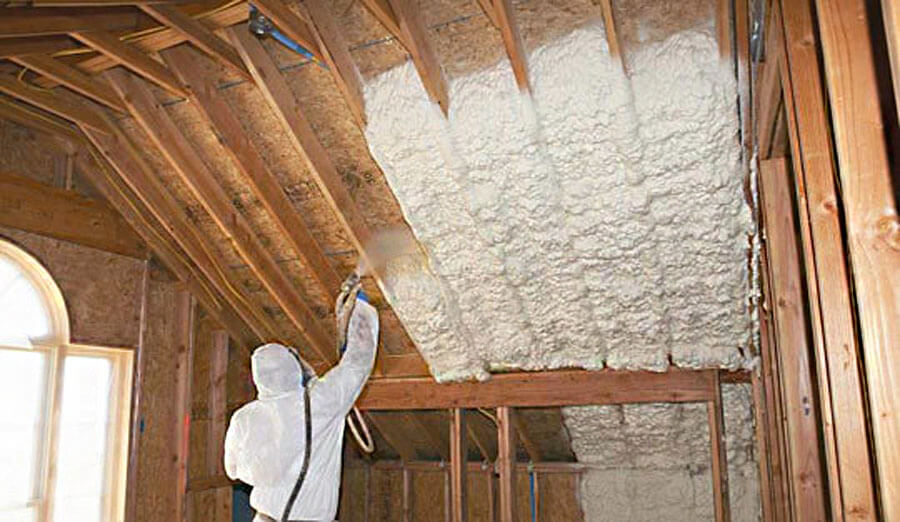Roof insulation plays a crucial role in maintaining energy efficiency, reducing heat loss, and enhancing the overall comfort of a building. With advancements in technology and a growing focus on sustainability, there are several types of roof insulation available in the market today. In this article, we will delve into the world of roof insulation and explore the various types, their benefits, and their suitability for different applications.
- Fiberglass Insulation:
Fiberglass insulation is one of the most common types used in residential and commercial buildings. It consists of fine glass fibers that trap air, providing excellent thermal resistance. Fiberglass insulation is lightweight, easy to install, and offers good soundproofing properties. Additionally, it is non-combustible and resistant to moisture, making it a popular choice for many applications. - Cellulose Insulation:
Made from recycled paper products, cellulose insulation is an eco-friendly option that offers excellent thermal performance. It is treated with fire-retardant chemicals to enhance its resistance to flames. Cellulose insulation is often blown into attics and wall cavities, filling gaps and creating a seamless thermal barrier. Its ability to reduce air infiltration and absorb sound makes it a preferred choice for noise-sensitive environments. - Spray Foam Insulation:
Spray foam insulation is a versatile option that expands upon application, filling gaps and creating an airtight seal. It is available in two types: open-cell and closed-cell. Open-cell spray foam is less dense and provides effective soundproofing, while closed-cell spray foam offers higher R-values and acts as a moisture barrier. Spray foam insulation is ideal for irregularly shaped spaces and provides excellent energy efficiency. - Reflective Insulation:
Reflective insulation, often used in hot climates, works by reflecting radiant heat away from the building. It consists of a reflective material, such as aluminum foil, laminated to a substrate. This type of insulation is typically installed under the roof, reducing heat gain and keeping the interior cool. Reflective insulation is lightweight, easy to install, and can be combined with other insulation types for enhanced performance. - Rigid Foam Insulation:
Rigid foam insulation is a durable and moisture-resistant option that offers high thermal resistance. It is available in different materials, including expanded polystyrene (EPS), extruded polystyrene (XPS), and polyisocyanurate (polyiso). Rigid foam insulation is commonly used in commercial buildings and provides excellent insulation value in limited space applications, such as flat roofs.
Conclusion:
Choosing the right type of roof insulation is essential for maximizing energy efficiency and creating a comfortable living or working environment. Fiberglass, cellulose, spray foam, reflective, and rigid foam insulation are just a few examples of the diverse range of options available. Each type has its own unique characteristics and benefits, making it important to consider factors such as climate, building design, and budget when selecting the most suitable insulation for a specific project. By understanding the different types of roof insulation, individuals can make informed decisions that contribute to energy savings and sustainable building practices.

